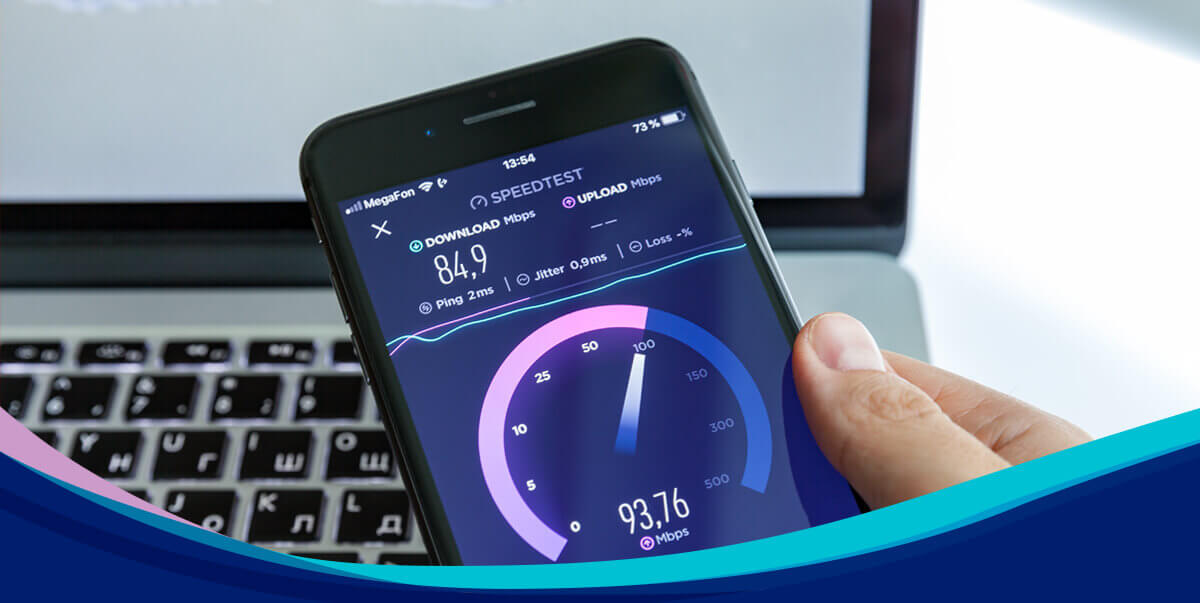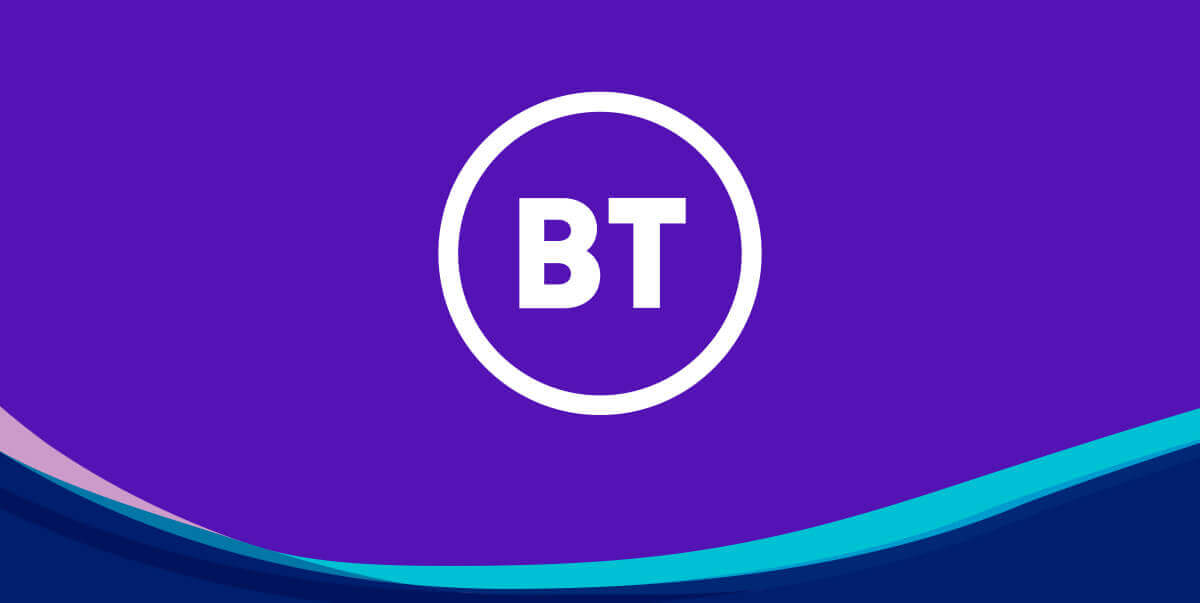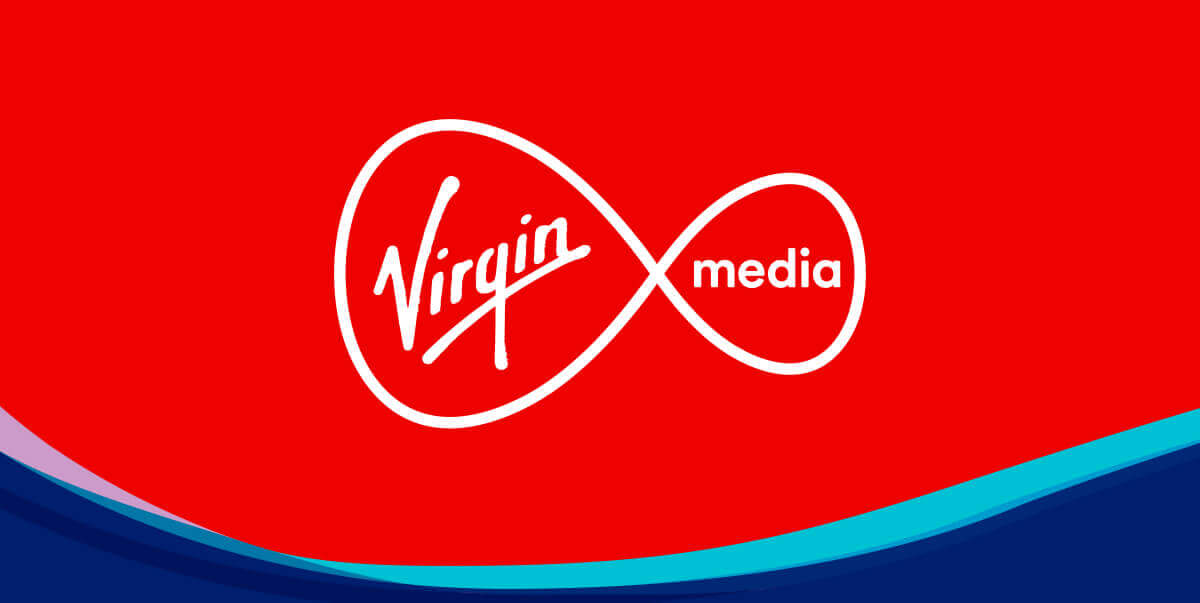Claire Nottage | January 17th, 2024
What is full fibre broadband?
You may have seen the term 'full fibre' popping up all over the place. It's the big, new thing being marketed to potential customers, just as 'Superfast fibre' was before it, and indeed just plain old 'broadband' long before that.

It's certainly faster, but also pricier than the broadband we're all used to. And to what extent is it just playing catch-up with Virgin Media, which already offers speeds of over 1,000Mbps to three times as many homes. So what is it exactly? Can you get it? And do you need it? Let's find out.
What is full fibre?
In general, full fibre describes a broadband service that only uses fibre optic cables from end to end. In a standard fibre service, where speeds are usually advertised as being around 38Mbps or 65Mbps, the fibre part of the cable only goes as far as your local street cabinet. The distance from the cabinet to your house is then connected by copper wires, which tend to slow down the speed of the service. And in fact, the further you are from the cabinet, the slower your connection will be, even if you are on a 65Mbps fibre service.
In comparison, a full fibre service has no copper wires at all – the fibre cables go all the way to your property, meaning you can enjoy far faster broadband speeds with no slowdown caused by copper cabling. Full fibre is a very reliable form of broadband, that provides lightning-fast downloads and no buffering during your favourite TV show.
The terminology used to describe the faster speeds that full fibre can provide can vary, and can become quite confusing as there is not yet an industry-wide standard name. From full fibre to gigafast or ultrafast, here is a rundown of the terminology you might come across.
- Fibre to the property (FTTP) – Also referred to as Fibre to the Home (FTTH), this refers to a true full fibre connection, where the fibre optic cables come all the way to your home
- Pure fibre –This also refers to a full fibre service, with no inclusion of copper cables anywhere along the route to your home
- Gigabit broadband – This is a term used to describe the speed of the connection on offer, rather than the means by which it is supplied. A gigabit (1Gbps) is equivalent to 1000Mbps; a speed that only a full fibre connection can provide
- Ultrafast – Also describing the speed, rather than how it is delivered, an ultrafast service is formally defined as offering speeds between 300Mbps and 1000Mbps
- Gigafast – This is a marketing term used by Vodafone, TalkTalk and Sky to describe full fibre broadband
- Future Fibre – This is a another marketing term used by TalkTalk to describe its range of full fibre broadband speeds
- GFast – GFast is an upgraded form of copper broadband that can reach potential speeds of 330Mbps. It is not technically full fibre, but it can reach some speeds comparable to those offered by full fibre.
- Virgin Media broadband – Virgin runs on its own network of cables and uses neither copper not fibre optic. Instead, it runs on pre-existing cable TV wires, known as DOCSIS 3 coaxial cables which can provide the high speeds offered by Virgin.

How fast is full fibre broadband?
A full fibre optic connection offers the potential of extremely fast speeds, with up to 1000Mbps (1Gbps) now widely advertised by a number of providers, and some altnet providers (that operate only in small, local areas) offer up to a completely crazy 3Gbps. However, as with any other broadband speed, whether that is a standard broadband connection that runs purely on copper cables, or a superfast fibre connection, the speed that you can actually get may not be as fast as the top speeds advertised by the providers. Your chosen broadband provider will give you an estimated speed that you can expect to receive before you sign up.
A 1000Mbps broadband connection provides an incredibly rapid download speed, meaning anything you do online should happen almost instantaneously, from streaming video in UHD to loading web pages. To give you an idea, an average high definition movie will take about 50 minutes to download with a standard broadband connection, about eight minutes on a 65Mbps fibre connection, and about 40 seconds with a 1000Mbps full fibre connection.
Thanks to the higher-spec routers that tend to be offered with these sorts of speeds, a full fibre connection will also tend to cope with supporting more concurrent devices, from tablets and games consoles to phones and smart home devices. Netflix states that you need around 5Mbps to watch its service, and 15-20Mbps if you want to watch in 4K. This still gives you plenty of bandwidth left for several devices and will comfortably keep several members of the household connected without issue.
Upload speed of full fibre
Upload speed dictates how quickly you can upload information to the internet, and a good upload speed is essential for gamers, anyone who regularly sends large files, and for video calling. Upload speed is usually a lot slower than download speed (the speed which providers use to advertise their packages).
However, it is the case that the faster the download speed of a package, the faster the corresponding upload speed will be. For example, BT standard broadband customers will receive just 10Mbps download speed and 1Mbps upload speed, whereas BT customers on a 900Mbps full fibre connection will enjoy an upload speed averaging 110Mbps.
Where is full fibre broadband available?
Although widely advertised, full fibre is still not available to most of the country. To find out if you can get full fibre where you are, you can use our postcode checker.
BT full fibre

Providers on the Openreach network (including BT, Sky, EE and TalkTalk) offer both full fibre and GFast connections to their customers, depending on where you live. Note that a GFast connection will only be able to offer a maximum of 330Mbps as it works by boosting the pre-existing copper connection rather than running over purely fibre cables as is the case with full fibre.
Virgin Media full fibre

If you cannot get a full fibre connection with any of these providers, then it is worth looking to see if you can get Virgin Media at your address. Virgin Media isn't technically 'full fibre' because has its own unique cabling technology that isn't 100% fibre optic. Its top-end speeds are the fastest widely availably in the country though, with its flagship 'Gig1' package offering, on average, a whopping 1130Mbps.
Full fibre specialist providers (altnets)
As well as the mainstream broadband providers, there are specialist providers that offer full fibre connections. Gigaclear specializes in providing full fibre connections to rural communities and Hyperoptic provides its services to blocks of flats and businesses in urban areas. Community Fibre operates solely in London, and Pure Broadband is focussed on Hull and surrounding areas. There are many others, all local to a specific area or areas.
What if I can’t get full fibre?
Although the idea of gigabit broadband is appealing, for most average households it is excessive, and a superfast fibre connection of 65Mbps will still suffice for the majority of homes, so don’t lose heart if you cannot get full fibre at your property.
It’s also worth bearing in mind that even if you sign up for a package such as Virgin Media’s Gig1, you won't get that to any one device over wifi, because wifi is simply not capable of those speeds as of right now. The only way to really benefit from such speeds is to connect a many, many devices all vying for bandwidth.